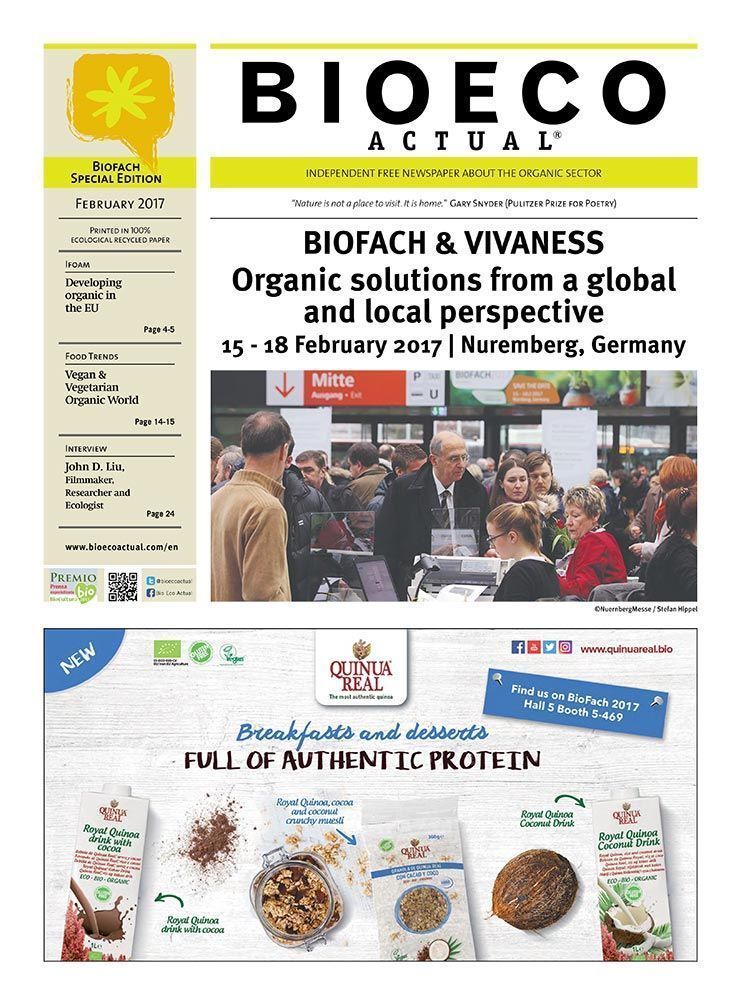The rapid incursion of large corporations in the sector is changing the traditional structure and organization of the Spanish organic market. This is creating a very different picture compared to just five years ago, not only in terms of market growth, but also in terms of its structure, organization and balance.

The situation
The recent purchase of the Ebro Foods organic division (with brands such as Vegetalia or Celnat) by Midsona consolidates an increasingly strong trend that began a few years ago. Thus, the inclusion of Biográ in the structure of Idilia Foods, owner of brands such as Colacao or Nocilla; the purchase of Biogran by the Dutch company Wessanen; or the acquisition of Natursoy by Nutrition & Santé are examples of this phenomenon of concentration of volume and power throughout the commercialization chain.
This concentration process is also taking place among “100% organic” companies, as with the recent merger of Veritas and Ecoorganic to create the largest group of organic supermarkets in Spain; or the merger of the French group of manufacturers Léa Nature with Biocop, a pioneer family business based in Barcelona.
The history of the organic sector in Spain is that of an unbalanced growth
Why so fast?
It seems that the rise of domestic consumption and its constant double-digit growth over the past 10 years have surprised the Spanish market with its structures only half-done. The structure of the Spanish sales channel, characterised by a greater concentration and variety of establishments compared to the rest of Europe (3.4 stores per 1,000 inhabitants vs. 2.6 in Europe in 2017, according to Nielsen data) has contributed to this phenomenon. Spain faces the same market dynamics as its main European neighbours, but has a weaker sectoral organization. Organic stores associations such as Biocoop in France, intersectoral and interprofessional associations such as Gard in France; AIAB in Italy; or BÖWL in Germany, are structures that have been created and consolidated in time to deal steadily with the arrival of large capitals and concentration movements to the organic sector.
The consequences for the Spanish market and its foreseeable evolution
The latest MAPA study of the sector (2017 data) reports a 40-45% market share for the specialist channel and a 35-40% share for the conventional channel. Their forecasts for 2020 reverse this proportion: 35% versus 45%. But everything indicates, given the rapid evolution of the conventional channel in the last two years, that the proportions have already changed and will continue to do so in the short and medium term, even exceeding these forecasts.
Author: Pedro López Salcedo. Provotec. Advanced consulting for the agri-food sector | www.provotec.es
Subscribe at our Newsletter and be up to date with the latest news in the European Organic Sector
Bio Eco Actual, International Organic Newspaper
Read Bio Eco Actual











































[…] perhaps later and with less prior preparation than other European countries. As Pedro López comments: “The history of the organic sector in Spain is that of an unbalanced growth. High foreign but […]